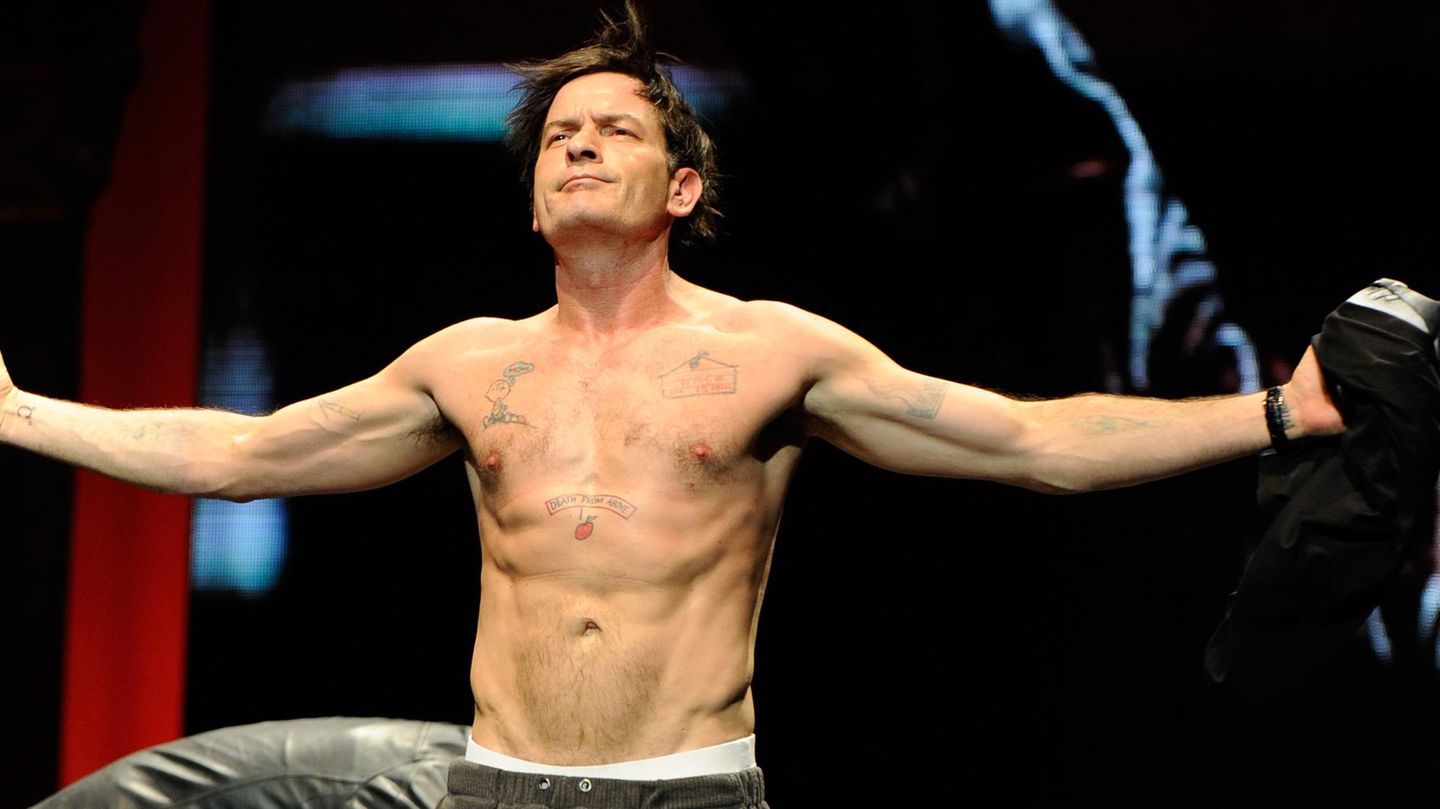Journalist: Do the three choreographic stories have a common thread?
Eleonora Comelli: They are not linked to each other except for the topic that contains them: the fate and chance of a woman. There is the issue of death as the future, knowing that at some point you are going to die but you do not know how, where or why. Each story is set in a different time, the first is in the 80s, on the high seas, and it is a dream. María Merlino in a prologue tells of her death, which was a drowning in the middle of a party, it is a catastrophe genre. The dancers represent by cuts situations of that dream. The second takes place in the 40s, on a train, and is a melodramatic policeman with aesthetics of that time. There are two specific references, to “The Rite of Spring” and to “He” by Luis Buñuel. The third story occurs today, with a car crash in an urban situation, it is existentialist and reflects on that accident. A concept of repetitions of that same event is put together to try to make each repetition move further away from fatality and thus avoid death.
Q .: Why did you choose those times?
EC: I’m a fan of the 40s cinema, the one from here and the Mexican one. I had done a residency in Mexico and worked with the exchange of artists for the cinema, for example in “He” by Buñuel is Delia Garcés, in “Dios se lo pague”, Zully Moreno. And María Merlino works that tone very well, it comes from works like “Nada del amor makes me envy” or that of Fanny Navarro in which she personifies women of those times. And Buñuel’s film addresses jealousy, his obsession with her. I took the 80s because I was born in that decade and because it offers a beautiful game in terms of music and aesthetics, VHS, hairstyles, it opens a game for dance that is very fun. There are literary references to Felisberto Hernández and Silvina Ocampo, Felisberto’s story talks about what happens when his house starts to flood and brings feelings that have a very physical idea. How reality is perceived from below the water because the senses are distorted. From there we create movement. And today offers a reflection, gets into the theory of repetitions, which is a central concept in dance to compose. Starting from a choreographic sequence and how by repeating it with changes a very rational game is generated, varying the speed, space, tone, etc.
Q .: The work is reopened after the good repercussion two years ago, how was the return?
EC: We are a crowd in the room because there are 28 ballet dancers plus two actors, plus 22 behind the scenes. It is a joy to be there and reactivate, but you have to coordinate with great concentration to be linked but organized, all the areas together. It is an intensity that had been lost. The future came upon us, without knowing it, with the pandemic.
Q .: If it is difficult to bring an audience to the theater, what about dance?
EC: Production conditions are difficult and there are not many spaces. From the independent it is very difficult, in fact I have not worked in that circuit for a long time because it is a row. Dance needs a lot of rigor that is achieved by rehearsing a lot, it is not once a week, and by demanding so much rehearsal, what do you live on if you don’t pay for it? Youth pushes to bring out desire. I am in another place and I greatly value this space that is given to me and I can do with the San Martín Ballet, but I am an exception.
Q .: How was your path transformed in relation to dance?
EC: I have never been constrained in a genre or discipline, I start from an idea and if it needs more movement or more text it is armed. “The man who lost his shadow” was a hybrid, neither musical nor theatrical, all choreographed but not dance. I don’t get into established genres, that’s how I worked from the beginning, which I decided I wanted to direct, not interpret.
Q .: You said that there is a lack of political will towards dance, what does the national dance law seek?
EC: Budget for dance, which is very vast and very federal. It is danced a lot in all the provinces, with different genres, not only scenic, which is a tiny bit, many other dances do not require a stage. It cannot be taken under the INT because it has its peculiarities and requires its own law. The dancers are trained bodies, they have to be oxygenated, they need a very disciplined training place that brings them closer to sports. This law to be enacted should guarantee a budget for professionalization, which requires dedication and time.
Source From: Ambito
David William is a talented author who has made a name for himself in the world of writing. He is a professional author who writes on a wide range of topics, from general interest to opinion news. David is currently working as a writer at 24 hours worlds where he brings his unique perspective and in-depth research to his articles, making them both informative and engaging.




